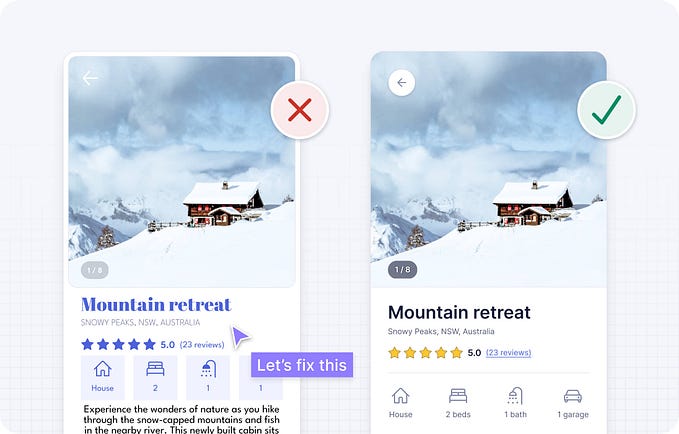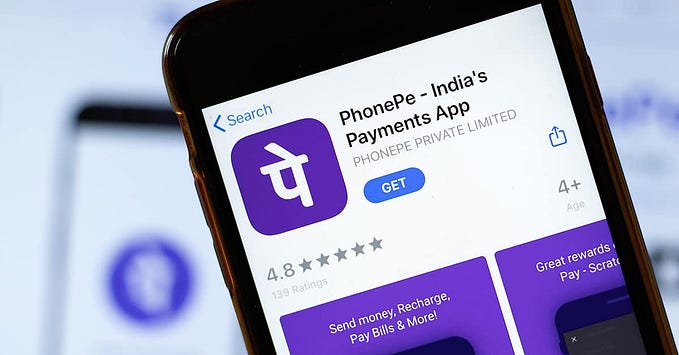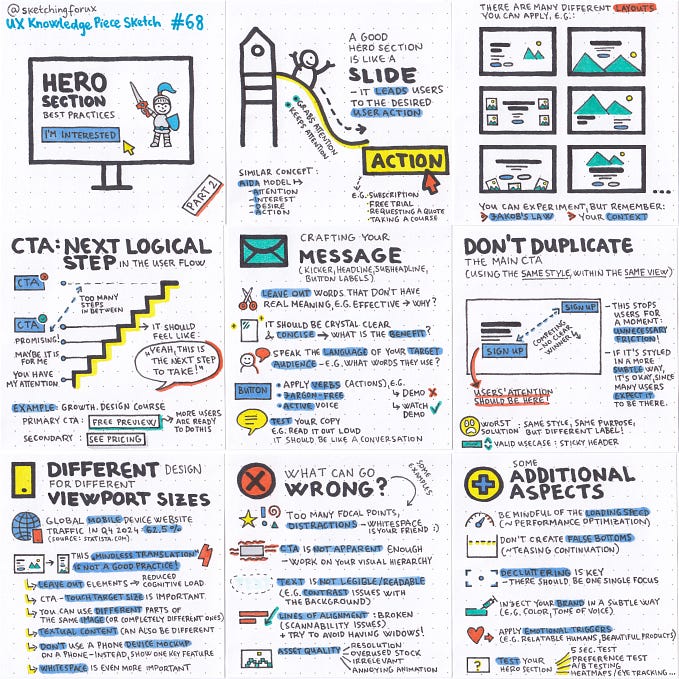
Why UX Designers should embrace data
As a UX Designer specialized in e-commerce and optimization, using data is crucial to my work. Not using data seems silly to me. Why would you design something using only your own (limited) experience and gut feeling if you can use data of thousands of sessions of the site or app you are working on? This is my plea to all UX Designers out there: please use data. I will give you four reasons why you shouldn’t design without it.
You don’t know everything
Service announcement: you don’t know everything. Using your gut feeling and other experiences you had designing similar apps or websites is fine IF data tells you it is. Every website or app has a different audience with different behavior, fears, wishes, and level of digital savviness. That is why you should treat every project differently and still test best practices.
Your personal opinion doesn’t matter when it comes to conversion design
You may think your design is really beautiful, balanced and persuading. Good for you. A/B testing your designs will show you what users think of your design. I’ve seen new and shiny designs bring down conversion rate dramatically. Accept that the user is in charge and use data to make designs that make your users happy.
Data teaches you important things about your users
As designers, we sometimes forget that our work will be used by real people. Especially if we work on big projects that take months (and months. And months — is it obvious I don’t like never ending projects?). Users might be people like you and me: young(ish) and tech savvy. Or they might be people like your mother, grandfather or little sister. Get to know everything about the users you are designing for. Data can help you in many different ways. It can show you how visitors use your pages or app, where they leave your funnel or what they find challenging. Here are a few places to get data:
- If your company has a call center where they document customer questions, ask for these documents and analyze them. Look for tasks they cannot complete or things that aren’t clear to them.
- If the contents of calls aren’t documented, ask customer service if you can be their intern for a few hours or a day. Listening to calls from the people you design for is very interesting and will give you lots of insights.
- If your company’s website or app has a feedback module (Usabilla for example), ask for access to the feedback that is generated.
- Learn how people navigate through your site. Which page has the highest lead attribution? If you can find out which page is most important for your user, it teaches you what they need to know before purchasing your product.
- If you work for a company where designs are being tested with customers, ask for reports of these tests. These reports will give you so much insight and will prevent you from making mistakes other designers made in the past.
Data helps you defend your designs
What do you think your stakeholders would like to hear: I chose this design, because I absolutely love pink OR I chose this design because it had a positive effect on our conversion rate? Using data to support your decisions will make discussing design a lot easier. By using data you avoid getting lost in discussions about personal preferences and taste.
Metrics you can use to validate your design decisions:
- Increase in conversion rate
- Increase in order value
- Fewer errors on forms
- Lower order completion time
- Lower bounce rates
- Lower exit rates
What is your excuse for not using data?
Are you afraid of numbers? Or do you think your data analyst will think you are stupid because you don’t know what to do with all these numbers? Take this from a person who failed the easiest math exam in history (according to my teacher): data isn’t scary and analysts won’t think you’re stupid. There is a bigger chance they will absolutely love it when you acknowledge the importance of data. So go for it! It will make your designs even better.










